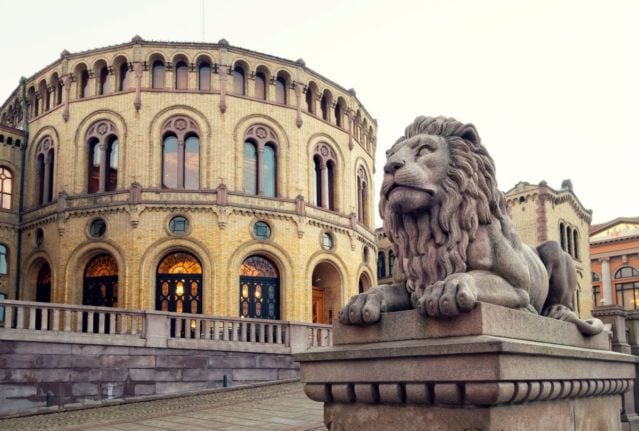The loss of 653 billion kroner, or 68 billion euros, represents a drop of 4.9 percent in the value of the fund which Norway has built up with revenue from its oil exports, said the central bank.
“The first quarter has been characterised by geopolitical turbulence, which has also affected the markets,” said the deputy head of the fund, Trond Grande, in a statement.
The value of the fund’s equity assets, which account for just over 70 percent of the total, fell by 5.2 percent in the first three months of the
year. The bond portfolio, which accounts for a bit more than 26 percent overall, slumped 4.8 percent.
Unlisted property investments saw a 4.1 percent rise in value. Last month, the fund estimated that its Russian assets had been reduced to a tenth of their value, over the war in Ukraine and sanctions imposed on Russia.
According to a real-time ticker on the central bank’s website, the current value of the wealth fund is 11.47 trillion kroner, or 2.1 million kroner for each of the country’s 5.4 million people.



 Please whitelist us to continue reading.
Please whitelist us to continue reading.
Member comments